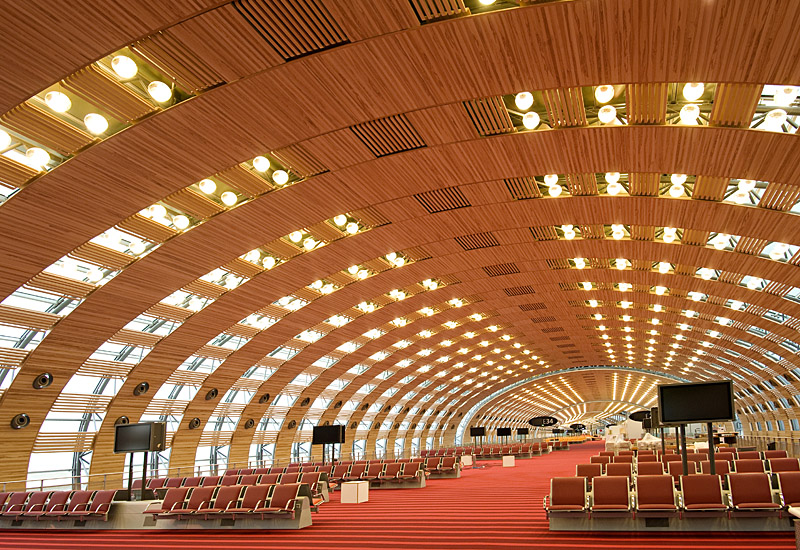Demand for forests will increase sharply in the future

Protecting forests will save them, but using forests sustainably can save the world, was the message at the Finnish opening of the International Year of Forests.
The United Nations has declared 2011 the International Year of Forests. Officially, the year will be launched at the meeting of the United Nations Forum of Forests in February, but for Finland, the year was opened on Wednesday by Ms. Sirkka-Liisa Anttila, Minister of Agriculture and Forestry.
The theme of the year is ”Forests for People”. Finland’s main contribution to the year’s activities is the Futures communications protect; a joint project of the entire Finnish forest sector aimed at teenagers and the forest sector itself.
”We feel that we can successfully reach these two difficult target groups only by making everyone in Finland sit up and take notice,” said Mr. Hannes Mäntyranta, Communications Coordinator at the Finnish Forest Association and manager of the Futures project, at the opening ceremony.
The goal of the Futures project is to make teenagers aware of the many aspects of the forest sector and the variety of interesting future jobs that it offers. One should not think of forests as a source of raw material alone, but as an environment important for health care, recreation and tourism.
For the Futures communications project, the opening of the International Year of Forests in Finland was significant: the Finnish Forest Association was symbolically handed the project over to the entire forest sector to be its joint property, to support cooperation with schools and communications.
The forest sector itself needs waking up

Information about the Futures project has been spread among the forest sector through countless events. During these, said Mr. Mäntyranta, it has become clear that the forest sector itself is not very well aware of its own achievements or future potential.
“Since WW2, the wood resources in Finnish forests have increased by an amount which, if converted to carbon dioxide, equals 50 times the carbon dioxide emissions in Finland in 2008. The energy produced from wood during the same period of time equals 25 times the amount of carbon dioxide emission caused by fossil fuels and peat in 2007.”
There are 74 pulp, paper and paperboard machines in Finland in 50 mills, as well as over 250 sawmills exporting sawn timber. These do not need the production of biodiesel to be saved, as is prognosticated by some.
Nevertheless, biodiesel is a product for which politicians have created a market even before it exists. It can thus be used to build a technically and financially viable pathway to more highly processed products, such as wood-based plastics.
”And everyone understands that if we learn to make plastics from wood profitably, there will be no limits to the demand for wood,” Mäntyranta said.
”Anything containing C or H can be made of wood”
Mr. Olli Dahl, Professor at the Aalto University, also believes in the future of wood as raw material. “Any product containing carbon, nitrogen or oxygen can be made from wood. The challenge lies in finding the most profitable and sustainable production routes and methods,” Dahl said at the opening.
A potential problem is that the higher the price of oil climbs, the more profitable it will be to use wood as fuel, the higher the price of oil climbs. “The price of biomass will increase. The future continues to be in the forest,” Dahl said.
Thus, according to Dahl, the future products of the forest sector must either be extremely valuable or replace products currently made of oil. What kind of products are these, then?
The first category is design products made of sawn timber and combined with services. Secondly, dissolving pulp used to make viscose fibre for clothing and sugars for energy production.
Thirdly, paperboard suitable for packaging liquids, as Finland has the best know-how to make these. And fourthly, micro and nano pulp which yield sugar as a by-product. Dahl feels that currently the most reasonable method of producing transport fuels seems to be the gasification of black liquor.
Dahl also had a clear message to the decision-makers: they should support initial investments instead of production or end products. The production and products must be competitive.
Without the use of natural resources, humans die
At the heart of the Futures communications project lies the idea that humankind has to use natural resources. “If we don’t use them, we die. Thus, humans have to use natural resources,” Mäntyranta said.
“This being so, let us use renewable and recyclable resources, such as forests. Of course, we have to protect them, too, but if you only protect forests, you will only save the forests,” Mäntyranta said.
It is not enough for the forest sector to save just the forests. “We want to save the world. And we can do that by using forests responsibly and sensibly,” Mäntyranta said.
Kirjoita kommentti